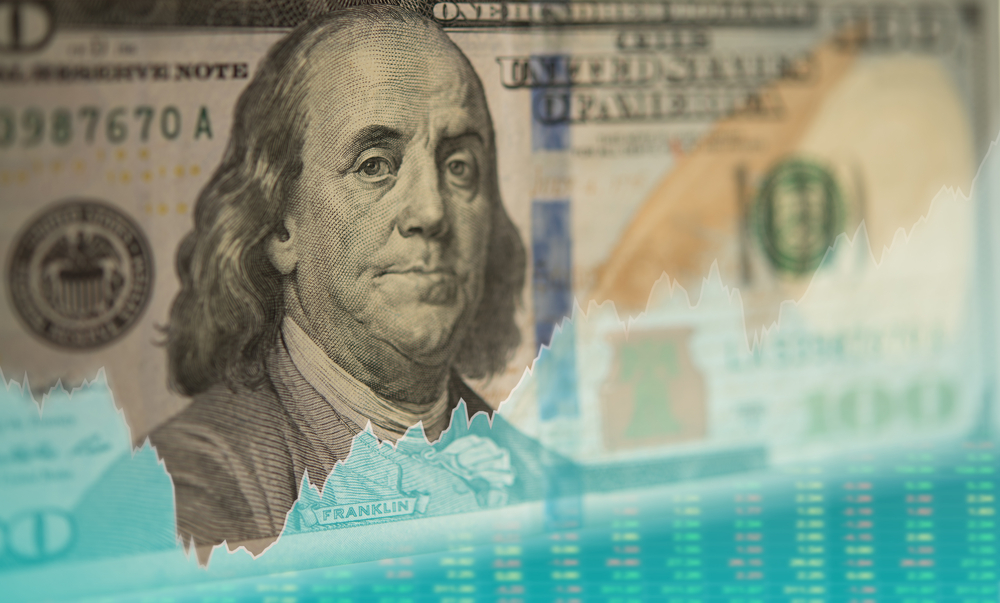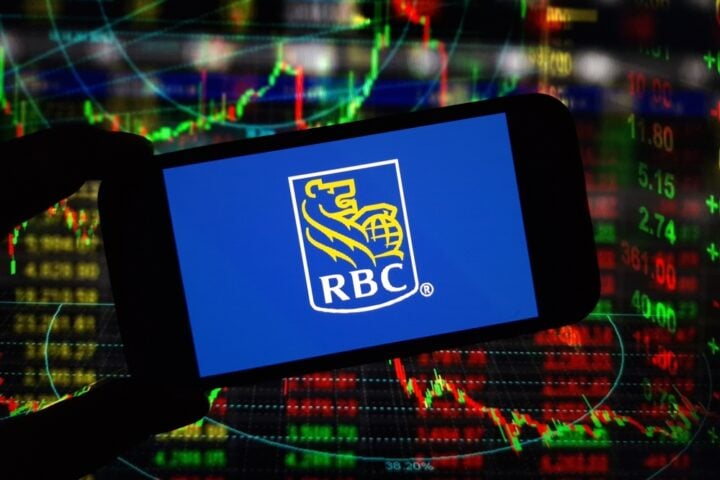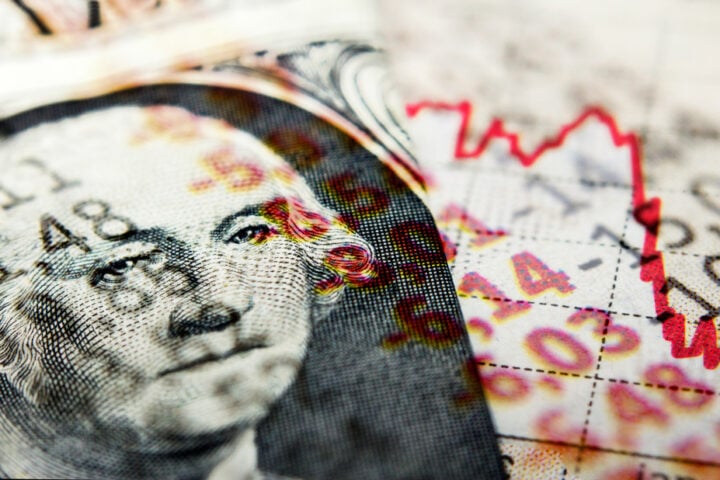The U.S. dollar fell on Friday, ending a five-day streak of gains, as investor sentiment shifted in response to fresh stimulus measures from China that lifted global equities. Despite the dip, the greenback remained on track for a third consecutive weekly gain, reflecting continued strength amid ongoing Federal Reserve policy adjustments and resilient U.S. economic data.
Dollar Takes a Breather After Strong Gains
After five straight days of advances, the U.S. dollar index, which tracks the greenback’s value against a basket of six major currencies, fell 0.3% on Friday to 103.52, marking its largest single-day drop since late September. This pullback came as risk appetite increased globally, driven by China’s latest efforts to support its stock market. Nevertheless, the dollar was up 0.6% for the week, continuing its upward momentum for a third straight week, and has risen 2.8% so far this month—the largest monthly gain since April 2022.
“Today’s pullback in the dollar was more China-driven,” said Erik Bregar, director of FX & precious metals risk management at Silver Gold Bull in Toronto. “Last night, China launched measures to support the stock market, which boosted Chinese stocks and risk sentiment more broadly and put pressure on dollar/yuan, which in turn helped lift euro/dollar. That kind of started the dollar pullback.”
China Stimulus Sparks Global Rally, Pressures Dollar
The dollar’s retreat coincided with a strong rally in global equities, particularly in Chinese markets. The Chinese government launched two funding schemes aimed at revitalizing its stock market, which had been under pressure due to a combination of economic slowdown and investor uncertainty. These measures spurred a sharp rally in Chinese equities, which in turn boosted other major stock markets, including the S&P 500 and the Nasdaq.
As Chinese stocks surged, the yuan strengthened against the dollar, while other commodity-linked currencies, such as the Australian and Canadian dollars, also benefited from improved risk sentiment. This shift led to downward pressure on the greenback, particularly against currencies that had been underperforming in recent weeks.
Fed Policy Expectations Support Dollar’s Broader Rally
The U.S. dollar has been bolstered in recent weeks by shifting expectations around Federal Reserve policy. After slashing its benchmark interest rate by a supersized 50 basis points in September, the Fed signaled a more moderate approach to further easing. This move followed solid U.S. economic data, which has helped maintain investor confidence in the greenback. The rate futures market is still pricing in the possibility of another jumbo rate cut before the end of the year, although this was not the focus of Friday’s market action.
Adding to the dollar’s overall strength has been the rising likelihood of former President Donald Trump returning to the White House in the upcoming November election. His policies on tariffs and taxes are expected to keep U.S. interest rates higher, which could further bolster the dollar in the months ahead.
Dollar Performance Against Yen and Other Currencies
In late morning trading, the U.S. dollar slid 0.4% against the yen to 149.64, a reversal after climbing above this level on Thursday for the first time since early August. Despite the decline, the dollar posted a weekly gain of 0.8% against the yen and rose 4.2% in October, marking its best monthly performance since April.
The greenback’s losses against the Japanese currency were further compounded by weaker U.S. housing data, which showed housing starts dropped by 0.5% in September, following a robust 7.8% increase the previous month. This data raised concerns about the U.S. housing market, adding to the pressure on the dollar.
Dollar Retreats Amid Risk-On Sentiment, But Long-Term Strength Remains
While the U.S. dollar saw a pullback on Friday, driven largely by a rally in global equities sparked by Chinese stimulus measures, it remains in a strong position for the month and the year. Fed policy expectations and solid U.S. economic data continue to underpin the greenback, and the possibility of a Trump victory in November adds another layer of support. However, the ongoing influence of global risk sentiment and shifting dynamics in foreign markets will continue to impact the dollar’s performance in the near term.







